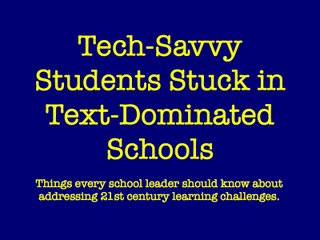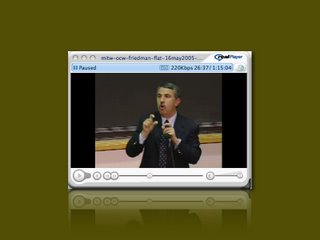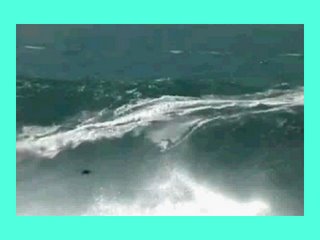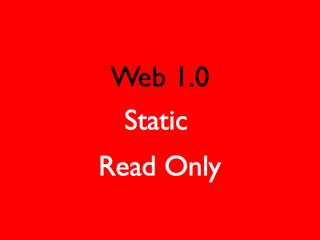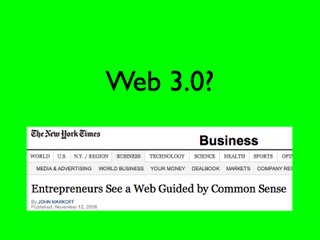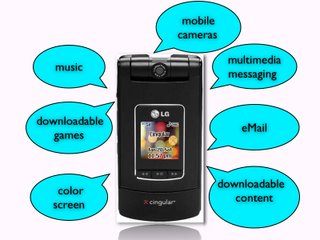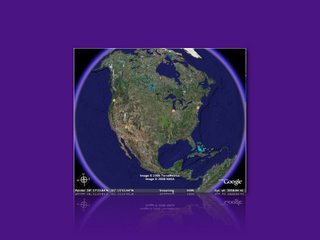To start at the beginning, link to Part I here. The audio file is located at the bottom of the Part I post.
Continuing...
New media formats fundamentally impact the possibilities of student voices in learning. Whenever possible, student voices must and can be heard. Student performance is critical to learning. New media formats give us a unique opportunity to act on this critical issue.
There's a way of expressing what new media formats do to the learning paradigm. It goes like this:
I hear; and I forget.
I see; and I may remember.
I do; and I understand.
21st century learners can "do" in ways no previous generations of learners could do, unless we go all the way back to before the era of universal education, when "learners" were put to work in the fields, raised the crops, nurtured the land, and cared for the animals as part of the experience of coming of age.
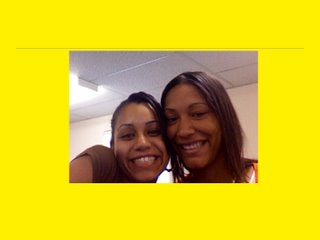
I regularly ask my students to contribute to my performance. Here's a student, Samantha Velez, speaking for herself about her experience in the IT Leadership Academy program that the Center for 21st Century Skills at Education Connection runs for 400 students in 20 school districts.
powered by Audioblog.com
MP3 File
So, what are the key steps in 21st century learning once we engage learners through the new media formats?
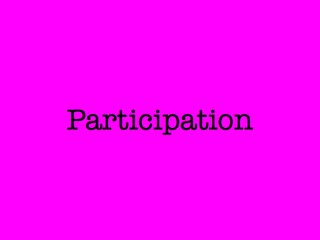
Participation. The Internet invites participation on a scale never before available... through blogs, through wikis, through "podcasts," through social networks like MySpace, Flickr, and YouTube. The Internet allows for cross-generational, cross-cultural exchanges that are bound to accelerate the participatory outcomes of learning. This will happen, whether we "free" the classrooms or not.

Community generated content. If a page in a book is considered a unit of knowledge; an knowledge artifact, then the web pages that make up humankind's knowledge-base is rising each year at an exponential rate. The explosion of content is community based - define a "community" any way you like; a business, an institution, a solitary blogger with a readership of one. Regardless of any qualitative judgments, the Internet revolution is being led by "communities," including, no... led by our students - creating content.
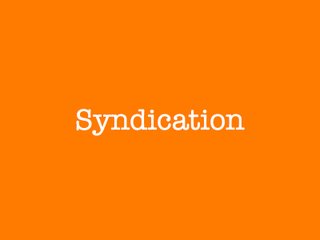
Syndication. The new web allows us to parse content through feeds, to be dynamically updated on those subjects of our own choosing, at times and in places convenient for us. Learners routinely and instinctively understand the power and benefit of an "info feed," whether its in the creation of personalized news sources, or keeping in touch with "friends" in social networks. Syndication allows the needles to be separated from the haystacks.

As the world goes flat and learning communities are increasingly multi-cultural, learning itself is a social experience. I like to remind educators that this is why we'll always need teachers. Teachers "mediate" social experiences. But the role of teachers is changing and educational institutions need to change a million habits if we're going to insure that learning communities are sustainable in the digital age.

How are we to keep up? The answer comes from a popular marketing slogan - Just do it! There's a limitless set of resources for educators, parents, and learners online. Start where many of us already start - with Google. The Infinite Thinking Machine blog offers weekly tutorials in a variety of audio and video formats.
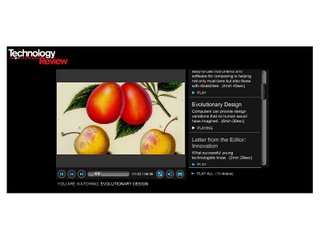
MIT publishes a magazine called Technology Review. The magazine's website offers videos on a range of topics - most relate to technology, but as is increasingly the case in considering the impact of technology on societal changes, many relate to the "process" of learning. While there are many video resources now available on the Web, take a quick look at this one on evolutionary design. By placing a link to the video into this blog post, I'm demonstrating another tool in the multi-media arsenal available to teachers and learners today.

Whether it's MIT's OpenCourseWare or iTunes' education podcasts or videocasts, there's a tremendous number of learning resources available on the Web. LearnOutLoud offers lots of audio resources for learning. Let students contribute to creating audiobooks out of the classics at LibriVox.

The next wave to hit the shores of education is online gaming. While video games may conjure up images of students playing "Grand Theft Auto" as some kind of homework assignment gone mad, please pay attention. SecondLife is a virtual world used by thousands of people to create (re-create) a real world experience, with almost unlimited possibilities. Some major corporations are looking into SecondLife as a way to do training, and to host "virtual" business meetings. There's a "Teen" SecondLife, which is monitored to prevent incursions of inappropriate materials or activities. Can "bad" things happen in SecondLife? No doubt, but when it's picked up by the community and it violates "community standards," corrective action is taken. Meanwhile, no one gets hurt. It's like being in a flight simulator. The plane may crash and burn, but the student walks away a little wiser for the experience.

Still not convinced that online gaming has a place in education? Then watch the introductory video to Harvard Law School's course in "Argument" at Law in the Court of Public Opinion. Or, try out the Fantasy Congress game, modeled after the very popular Fantasy Football online games. And coming soon, my favorite - total immersion in Shakespeare via the Arden Project.
